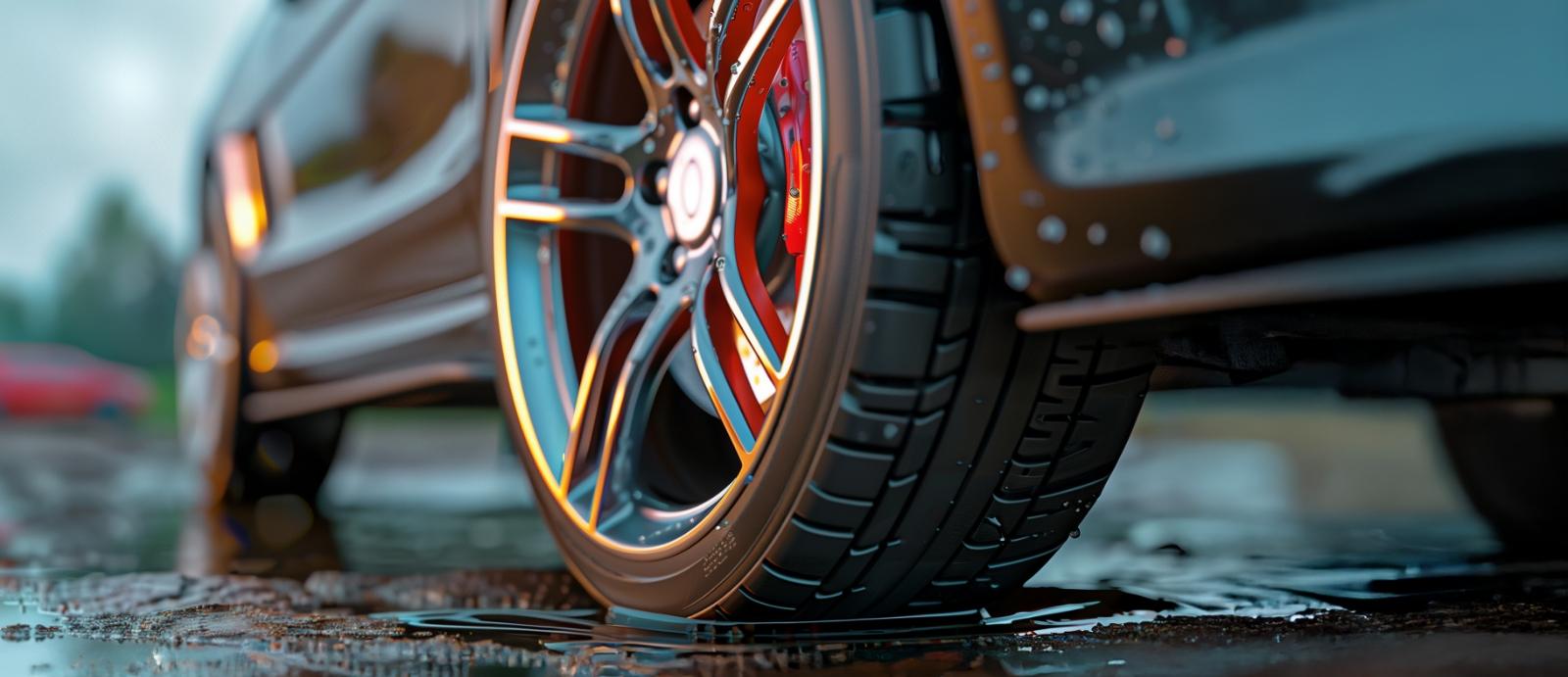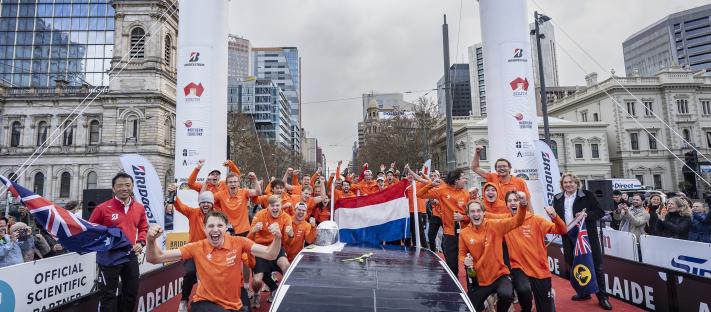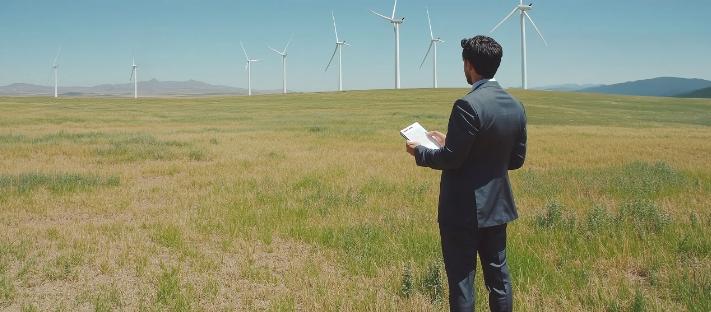Why Tomorrow’s Tires Depend on Stronger, Lighter Reinforcement
Beneath the tread and rubber of a tire lies the carcass: the structural backbone that bears weight, absorbs stress, and keeps vehicles connected to the road. It is one of the least visible parts of the tire, yet it defines much of the performance. Today, that backbone is facing unprecedented design challenges. Heavier vehicles, higher torque from electric drivetrains, and tightening emissions standards are pushing conventional carcass reinforcements to their limits. At the same time, the industry is being asked to reduce material use, improve energy efficiency, and support ambitious sustainability goals, without sacrificing performance.
The Limits of Conventional Materials
For decades, rayon and polyester have served as reliable carcass materials. But in high-load or high-performance applications, they often require multiple plies to meet strength and stiffness requirements. That adds weight, increases rolling resistance, and introduces complexity into the carcass construction. In a market where every kilogram matters, and every gram of CO₂ is tracked, these inefficiencies are no longer sustainable.

A New Reinforcement Strategy
Twaron®, a high strength para-aramid fiber, offers an alternative approach. It delivers exceptional tensile strength and stiffness, making it possible to achieve the same or better carcass performance with fewer plies. In practical terms, Twaron® allows tires to be lighter, more efficient, and better able to manage today’s – and tomorrow’s – demanding load profiles, without compromising durability.
Because Twaron® is strong, a single layer can replace two layers of rayon. In one example, a 275/45 R19 tire design reduced from two rayon plies to a single Twaron® layer, cutting overall tire weight by 7.5%. The ply reduction also eliminated a layer of compound rubber, further lowering material use.
Less material does not mean weaker performance. On the contrary: lower hysteresis and reduced rubber content minimize internal energy loss, reducing heat buildup and improving rolling resistance. The result is a carcass that does more with less, thanks to Twaron®.
Standing Up to EV Stresses
Electric vehicles introduce unique challenges. Instant torque and heavier batteries place added stress on the carcass, forcing tire designers to rethink reinforcement strategies without sacrificing performance.
Here, the unique combination of properties of Twaron® makes a difference. Its mechanical properties help the design of a carcass, with efficient load-carrying capacity, handling torque and supporting consistent performance across the tire’s lifetime. At the same time, simplifying the ply structure enhances production consistency, an added advantage in high-volume manufacturing.
Cutting Emissions, One Layer at a Time
The impact goes beyond mechanical performance. With a verified carbon footprint of 8.7 kg CO₂-eq per kilogram (ISO 14040/44), Twaron® is currently the lowest-emission para-aramid available. Because less material is required per tire, the lifecycle footprint is further reduced at both the production and use phases.
To quantify this, our TÜV-certified Customer Benefit Model (CBM) has been used to compare reinforcement options. In the 275/45 R19 example, replacing 2-layer Rayon with Twaron® reduced vehicle CO₂ emissions by 1.1 grams per kilometer per car. Over a 60,000-kilometer lifespan, that amounts to 66 kilograms of avoided emissions. With EU fleet penalties set at €95 per excess gram per kilometer, the savings can translate directly into significant cost reductions.
From Lab to Road
Behind Twaron® is a comprehensive development ecosystem: from our fully equipped lab to close collaboration with value chain partners, enabling tailored solutions from polymer to finished cord. This integration enables tire manufacturers to move from prototyping to process integration with confidence.
Our CBM complements this work by offering lifecycle-based comparisons, helping engineers evaluate reinforcement strategies not just on input cost, but on long-term performance, efficiency, and emissions.

The Road Ahead
Tomorrow’s tires must withstand heavier loads, deliver higher efficiency, and help automakers meet aggressive sustainability targets. Carcass reinforcement will play a central role in this transformation.
Twaron® is already proving that lighter, stronger frameworks are possible. As the industry moves forward, the question is not whether advanced reinforcement will be adopted, but how quickly para-aramid fibers will reshape the backbone of tire design.
To explore the full data set as well as direct comparisons, contact us for further insights into how Twaron® is transforming carcass performance.
Related news
As partners in a variety of industries that use our aramids in their products, Teijin Aramid actively participates in numerous events and trade shows. Discover more about these, along with updates on our work, here.



